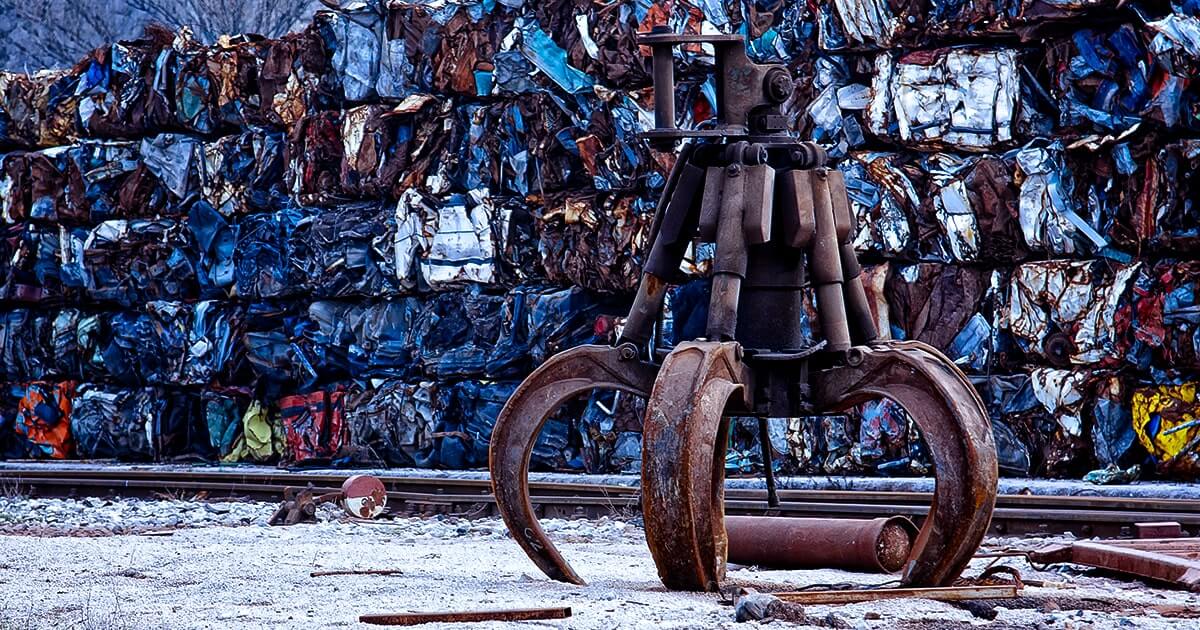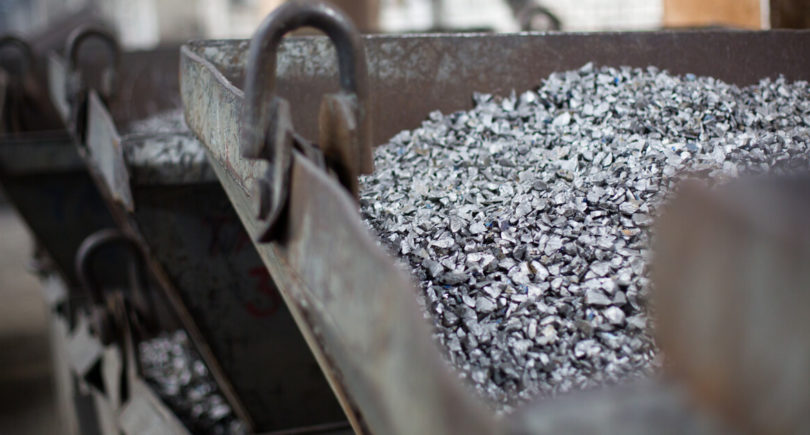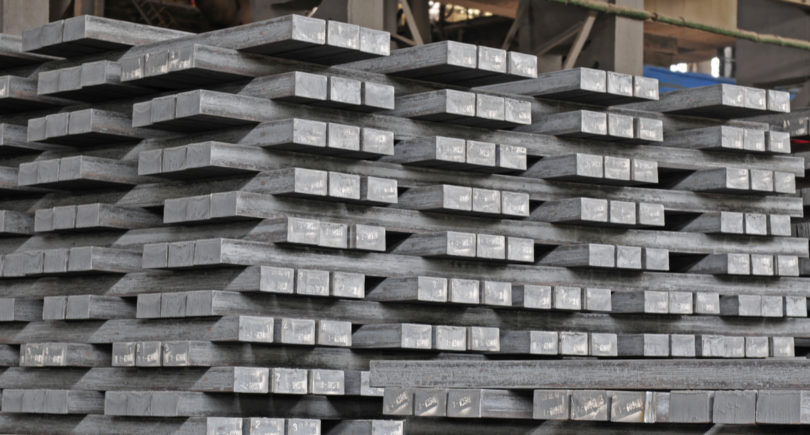
Now, 48% of EU steel production is based on scrap, and more will be needed in the coming years
European Steel Association (EUROFER) proposes to stop the export of scrap metal to countries that do not meet EU environmental and social standards, the Association noted on its official website.
Already today 48% of EU steel production is based on scrap, and more will be needed in the coming years as the transition to low carbon steel production accelerates. However, the EU is increasingly exporting its waste to third countries with lower environmental, climate, labour and social standards. According to Eurostat, EU total export of ferrous metals scrap reached 19.5 million tonnes in 2021, representing 48% of all exported recyclable materials. Turkey was the first export destination, with 13.1 million tonnes of ferrous metal exported from the EU.
“The current provisions on waste export are clearly insufficient and bound to become a missed opportunity for climate, industry, citizens and the EU as a whole”, said Axel Eggert, Director General of the European Steel Association (EUROFER). “We are in an absurd situation where the EU sets very high environmental standards and circular economy objectives for the internal market – that the EU steel industry fully shares -, while millions of tons of valuable secondary raw materials are being exported to jurisdictions where these same standards and objectives are not met. We cannot afford to give away a key secondary raw material such as scrap, if we want to fulfil the circular economy and climate objectives as well as ensuring EU strategic autonomy and social standards,” Axel Eggert, CEO of EUROFER, stressed.
Earlier GMK Center reported that EUROFER has updated its forecast for the consumption of steel products in the European Union in 2022. Compared to the February forecast and the expectation of a 3.2% increase in regional metal consumption, the Association now expects a decline of 1.9%.
EUROFER also called on the European Commission to reduce the annual steel import quotas growth from 3% to 1%.




